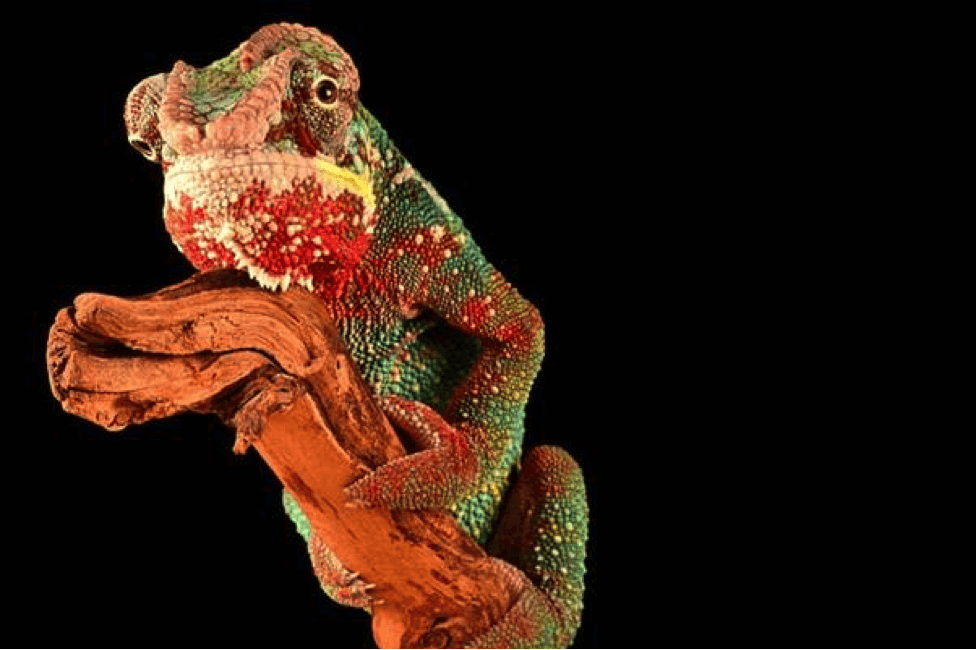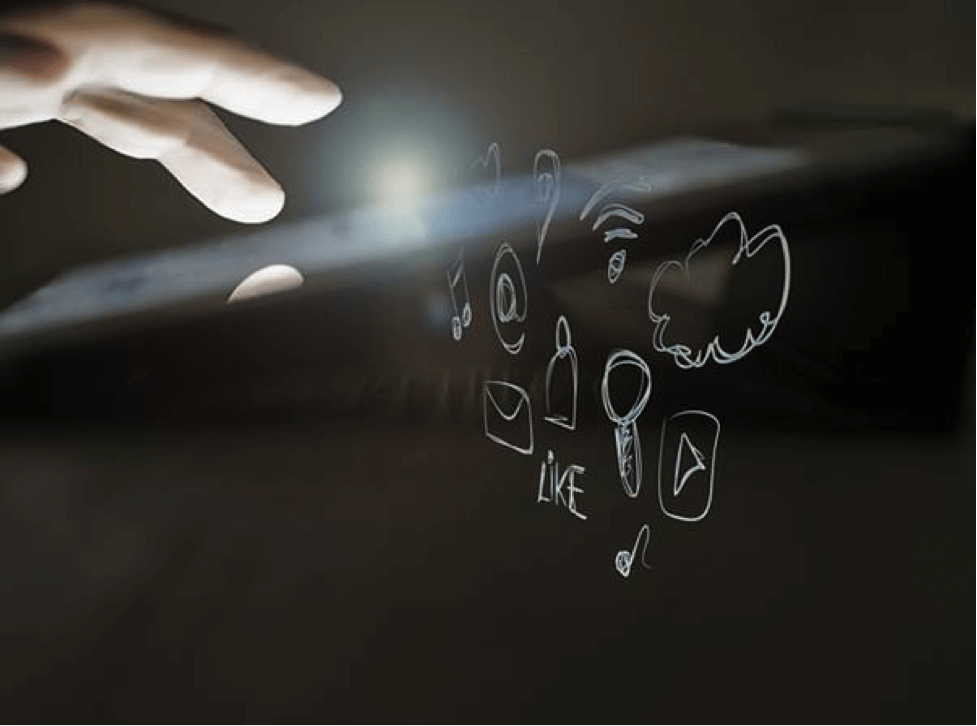 By Roger Gallager
By Roger Gallager
“Why does it feel more real when I dream than when I am awake?”
In 2003, the Wachowski brothers released an anthology film, “The Animatrix,” that provided the backstory of the insanely popular The Matrix Trilogy.
The siblings are among the hailed artistic geniuses of our time, creating a cult following.
The dreaming state and the world beyond the waking life are prominent themes in the works of the Wachowski brothers.
Bestselling author Neil Gaiman, who created one of the greatest comic book characters, has captivated millions of people with his interpretation of the dreaming realm.
The mystery and the power of dreams enthralls not only the artistic community.
As more studies support the theory that the brain is not totally “asleep” during sleep, scientists and business people are exploring on ways to influence the mind during the dreaming state.
Researchers at the Northwestern University have been publishing studies on the subject.
One research suggests that Targeted Memory Reactivation, which uses sounds played during sleep, could significantly boost memory.
Aside from spatial and skill learning, this technique was also found effective in habit learning.
Today, marketing experts are developing ways to influence consumers through the unconscious mind.
The Sleep Marketing Scheme is a new exciting concept that businesses may tap into.
To win in this novel strategy, it is essential to understand how the brain works during sleep.
The REM “Dream Factory”
The National Sleep Foundation explains that the stages of sleep repeats every 90 minutes in a typical night.
The non-rapid eye movement (NREM) phase is composed of four stages: Falling asleep (1), disengaging from surroundings (2), and the deepest sleep (3 and 4) wherein energy is restored and hormones are released.
This phase occurs during 75 percent of the sleep time, usually in the first 90 minutes of unconsciousness.
The rapid-eye movement (REM) stage is the key to influencing the mind.
This phase occurs after the NREM period, or generally 90 minutes after dozing off, and reoccurs all throughout the night.
During REM, your eyes dart back and forth, the body becomes immobile, the brain becomes active and dreams occur.
This period is crucial to the biological health as this is where energy is provided to the brain and body, supporting performance in the daytime.
Prime Items Before Sleep
Dr. Sara Mednick of the department of psychology at the University of California in Riverside, suggests the REM stage primes associative networks.
This is where our creativity and problem-solving skills are honed. She says:
We propose REM sleep is important for assimilating new information into past experience to create a richer network of associations for future use.
It is worth noting, however, that the correlation between creativity and REM sleep was only evident for items primed before sleep.
For the study, “creativity” was defined as “the forming of associative elements into new combinations which either meet specified requirements or are in some way useful.”
In the study, subjects answered a series of analogies in the morning (e.g. CHIPS:SALTY; CANDY:____).
The other half of the answers (e.g. SWEET) were related to the questions given in the afternoon.
The findings showed that by priming the solution SWEET before bedtime activates that answer during REM sleep.
This sleep stage allows the most spreading of activation.
Marketing experts may look into ways on how to prime ideas before consumers go to bed and enter the REM sleep phase.
The Chameleon Effect

The theory of using priming in marketing is further supported by the chameleon effect.
A study by New York University researchers defined the chameleon effect as the:
non-conscious mimicry of the postures, mannerisms, facial expressions and other behaviors of one’s interaction partners, such that one’s behavior passively and unintentionally changes to match that of others in one’s current social environment.
In his acclaimed book, Psychoanalytic Accounts of Consuming Desire: Hearts of Darkness, Dr. John Desmond explained how brands can use priming through the chameleon effect.
A consumer primed with a logo (e.g. Apple, McDonald’s, or Zara) unconsciously manifests the stereotypes associated with the brand.
An “Apple” person then acts and thinks consistently with values associated with the tech company.
Platforms for Priming Consumers
Technology is a big help in priming consumers.
Electronic gadget usage is expected to surge in the years ahead.
Ericsson’s latest Mobility Report suggests that about 6.1 billion people, or 70 percent of the world’s population, will own a handheld electronic device by 2020.
Smartphones will lead the race, accounting for 80 percent of all mobile data traffic.
The Mobility Report highlights an important fact for marketers: Mobile web browsing, which accounts for only 10 percent of traffic, will continue to plunge by 2020.
App usage will continue to dominate with video app traffic rising from the current 45-50 percent during the next four years.
YouTube will remain as the undisputed king of video traffic.
The Challenges of the Sleep Marketing Scheme

People, especially millennials, are attached to their electronic gadgets to the extent that alarms health practitioners.
A study by Harvard Business School reported that 70 percent of 1,600 managers checked their smartphones within an hour of getting out of bed while 56 percent checked their gadgets within an hour before sleeping.
This modern day compulsion is affecting our sleep quality.
New findings have shown that the light from smartphones, laptops, and other electronic gadgets disrupt the internal body clock.
The blue and white light keeps the brain awake by preventing the release of sleep hormones melatonin.
Another roadblock in using gadgets to prime consumers is the barrage of materials in social media and the internet.
There’s a congestion of information that companies and brands are continuously exploring to stand out.
Propelrr, a digital marketing agency in the Philippines, discussed the power of content marketing in a recent article.
This strategy involves evoking emotions and encouraging action via content reflective of the meanings associated with a brand.
An airline company targeting millennial travelers can post articles on top destinations and a clothing brand can start a hip hashtag for its target buyers.
Content Marketing Lessons from Inside Out
One of the key content marketing lessons (that can also be sleep marketing lessons) from Pixar’s Inside Out is identifying an ideal audience.
This will help ensure sleep marketing strategies seamlessly connect to the target market.
Surely, topics that interest Baby Boomers generally are not the same that spark enthusiasm among millennials.
The Sleep Marketing Scheme is a fascinating technique to research and understand.
There are scientific facts that point marketers to the right direction: Plant ideas that will activate during the REM sleep stage.
These ideas are not explicitly presented, but subtly suggested as solutions.
Let the brain “fill in the blanks” during the dreaming state.
The most powerful platform is electronic gadgets, especially smartphones.
To stand out from the rest, boost your content through sleep marketing efforts.
There’s still no formula in effectively using sleep marketing, but it is worth exploring.
Who knows? Maybe you can pioneer a breakthrough marketing trend that works even during sleep.